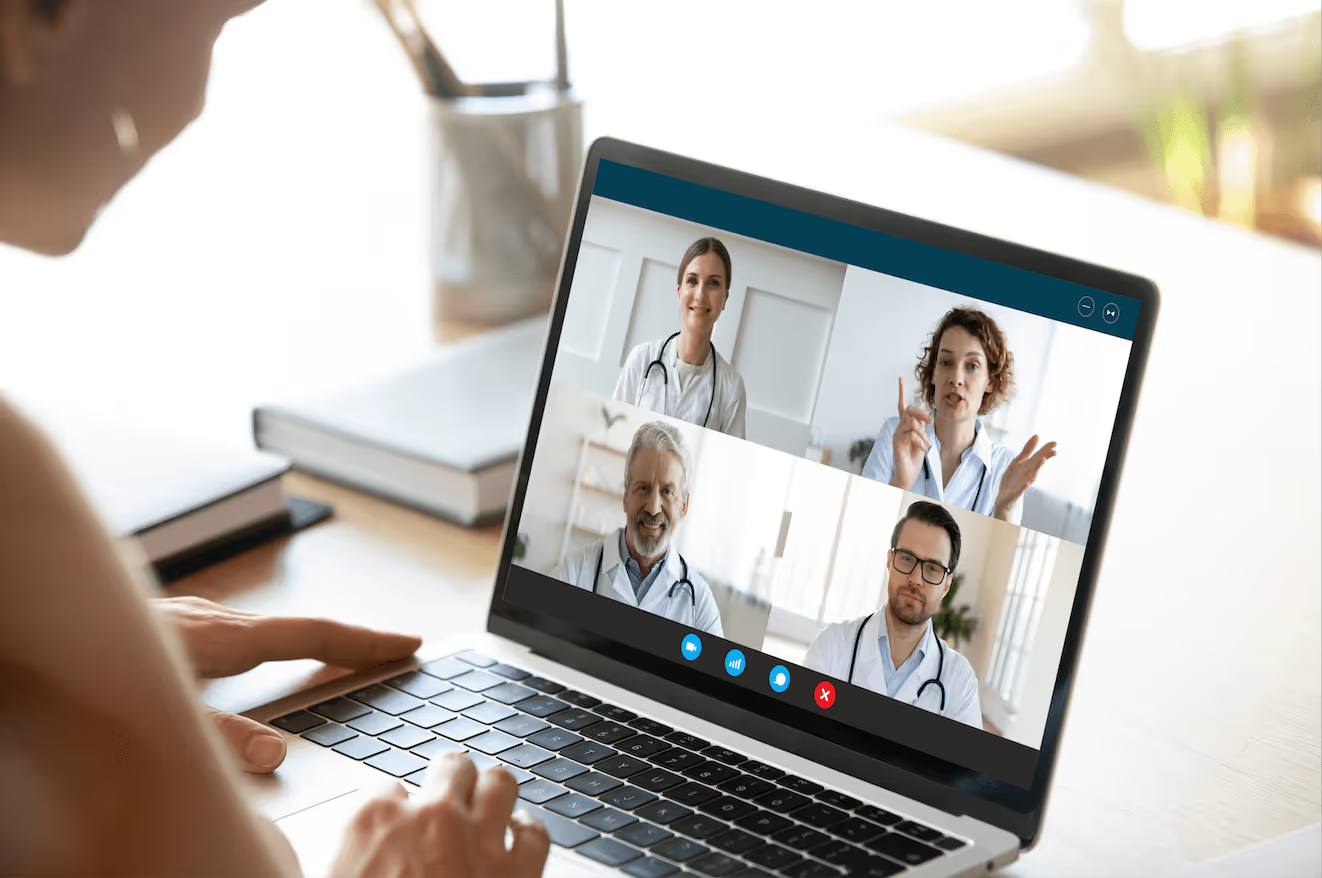The Rise of Mobile Diagnostics – and the Benefit for Patients

Healthcare has changed dramatically in recent years, thanks to modern technology and innovations in the medical field. Specifically, in-home health services have seen a major rise in popularity because of their convenience — and the potential to help a much wider range of patients.
The Importance of Mobile Healthcare
According to the CDC, an estimated 80 million people in the United States1 will be diagnosed with more than three chronic illnesses. However, many chronic conditions can be avoided with clinical preventive care. Yearly physicals, regular blood panels, and routine diagnostic testing become increasingly important as patients get older.
Unfortunately, research indicates that many Americans have been avoiding these essential services. According to a recent study, 43% of Americans2 are unsatisfied with the current medical system.
For many patients, making it to medical facilities can be difficult — or flat-out impossible. Some have trouble getting transportation, while others don’t live near quality healthcare facilities. Many have mobility issues or other concerns that prevent them from getting routine medical screenings like blood draws and diagnostics testing.
The outcome of this can be dire, with a large number of patients suffering from serious medical conditions that go undiagnosed: studies have shown that as many as 25 million Americans3 could be suffering from an undiagnosed chronic illness. This problem is especially concerning among senior citizens, who are at an increased risk for grave health conditions, including heart disease, cancer, and diabetes. Because undiagnosed conditions can be more expensive for health plans and hospitals, maintaining these conditions is a win-win for both patients and providers: better health outcomes for patients, and long-term cost-savings for providers.
Lack of access to preventive care has made mobile healthcare services a vital part of modern medicine. An estimated 80% of seniors4 would prefer to stay at home and receive care rather than visit medical offices or clinics. Mobile healthcare services are also a viable option for seniors who are unable to make it to nearby health facilities. While in-home care benefits seniors, it is also essential to patients of any age with chronic illnesses.
About 60% of adults2 in the United States currently have at least one chronic disease, which could prevent many of these patients from making it to their maintenance appointments. Chronic diseases require routine follow-up care to properly manage conditions, and mobile healthcare services make it possible for them to get the care they need — in the comfort of their own homes.
Conditions that Benefit from Mobile Diagnostic Services
While mobile healthcare is important for a wide range of medical concerns, certain conditions seem to benefit greatly from in-home services.
Diabetes is one of the most notable: In 2020, an estimated 27% of Medicare Fee-for-Service (FFS) beneficiaries5 were diagnosed with diabetes. These patients can rely on mobile diagnostic services for routine diabetes testing, such as diabetic retinal and foot exams. When diabetes is well controlled the disease progresses more slowly, and the most damaging consequences may be avoided.
An estimated 46% of adults with hypertension are unaware that they have the condition, and less than half of adults with hypertension are diagnosed and treated6. Because having your blood pressure checked is the best way to detect hypertension, mobile diagnostics play an important role in helping to diagnose the condition, minimizing long-term risk of problems like heart attack, stroke, and kidney damage.
In-home healthcare services are also vital for cancer patients who cannot make it to regular appointments or chemotherapy sessions. Chemo infusions are challenging enough, and often cancer patients need to arrive hours before a transfusion for lab tests to make sure they are healthy enough to receive treatment. A phlebotomist can perform routine blood draws in the home, saving the patient hours in waiting rooms and avoiding a potentially unnecessary trip to the hospital. These conveniences help cancer patients rest but also assist in avoiding exposure to viral infections.
The Potential of In-Home Health Care
Even without factors like age, demographic, socio-economic or preexisting conditions - getting preventive care can still be challenging and time-consuming. The average American can seek in-home health services as a convenient way to keep up with their preventive care.
By having regular blood panels or other diagnostics performed at home, average Americans can more easily fit routine medical care into their busy schedules. They can more conveniently avoid serious health concerns without time constraints or transportation worries.
Whether it’s treatment for chronic conditions or routine diagnostics, the benefits of in-home medical services and screenings are increasing every day. As technology advances and health innovations continue to develop, patients and providers can expect to see a wider range of home healthcare services available.
About Sprinter Health
Sprinter Health provides comprehensive diagnostic services that drive engagement with preventive care and equip our partners with actionable clinical data – resulting in better patient experiences and better health outcomes. To learn more about how Sprinter Health can support your strategic objectives, contact hello@sprinterhealth.com.
1 Levine, Susan, DVM, PhD (March 14, 2019). Health Care Industry Insights: Why the Use of Preventive Services Is Still Low. https://www.cdc.gov/pcd/issues/2019/18_0625.htm.
2 Ducharme, Jamie. The Doctor Won’t See You Now. https://apple.news/AWUqBrFb0QPCQILFjPKNbUQ.
3 Buckles, Susan (April 16, 2019). Rare, undiagnosed diseases are relatively common. https://individualizedmedicineblog.mayoclinic.org/2019/04/16/rare-undiagnosed-diseases-are-relatively-common/#:~:text=As%20many%20as%2025%20million%20Americans%20%E2%80%93%20about,people%20-%20suffer%20from%20a%20rare%2C%20undiagnosed%20condition.%2A.
4 Flinn, Brendan (November 17, 2021). LTSS Choices: Home and Community-Based Services for Older Adults. https://www.aarp.org/pri/topics/ltss/home-community-services/home-and-community-based-services-for-older-adults/.
5 Chronic Conditions Data Warehouse. https://www2.ccwdata.org/web/guest/medicare-tables-reports.
6 (March 16, 2023). Hypertension. https://www.who.int/news-room/fact-sheets/detail/hypertension#:~:text=An%20estimated%2046%25%20of%20adults,hypertension





